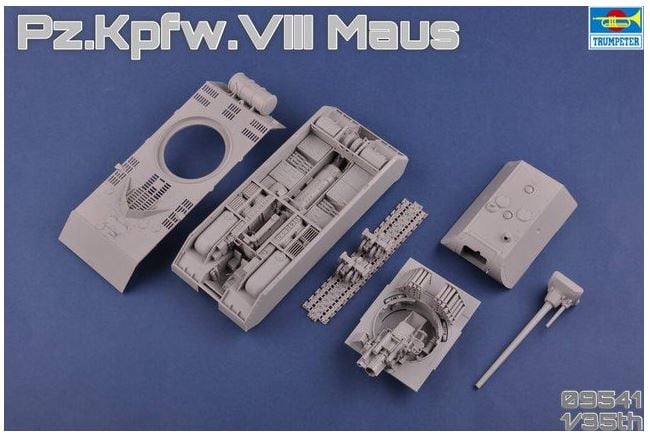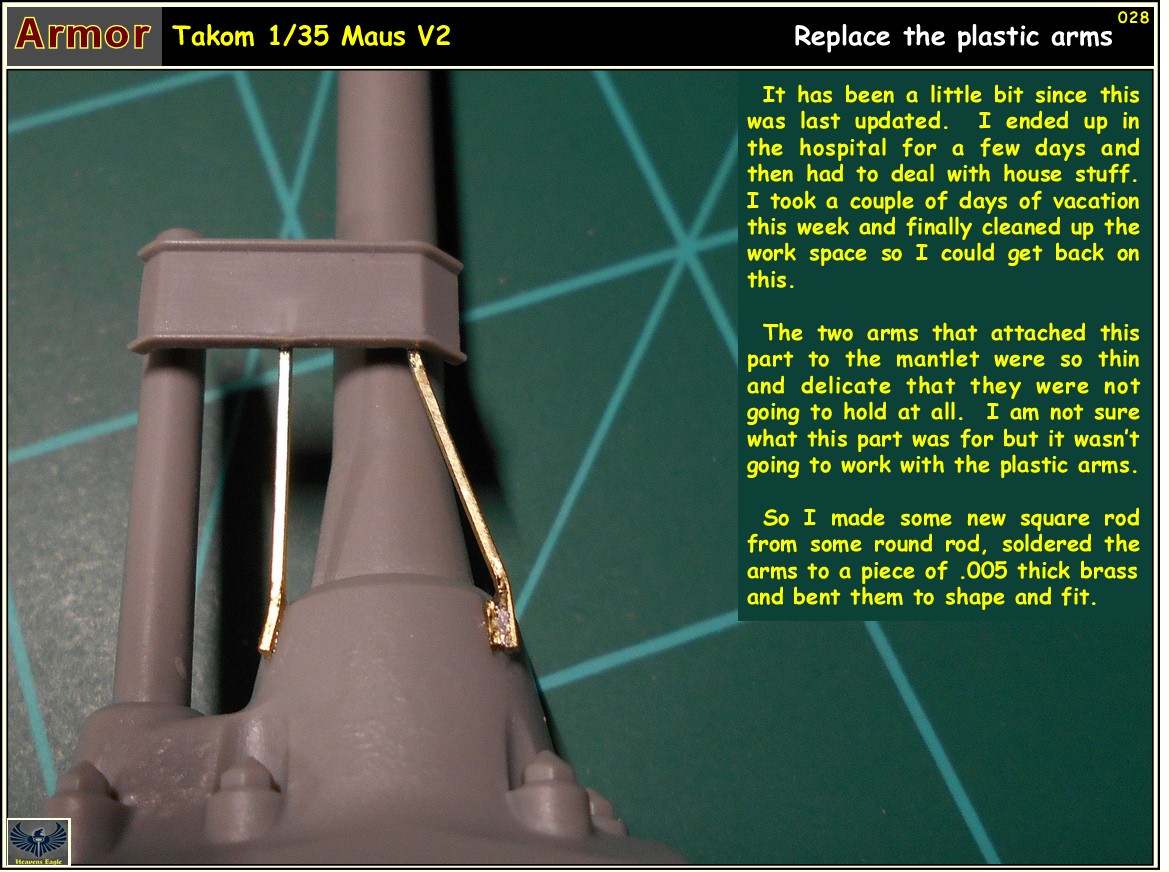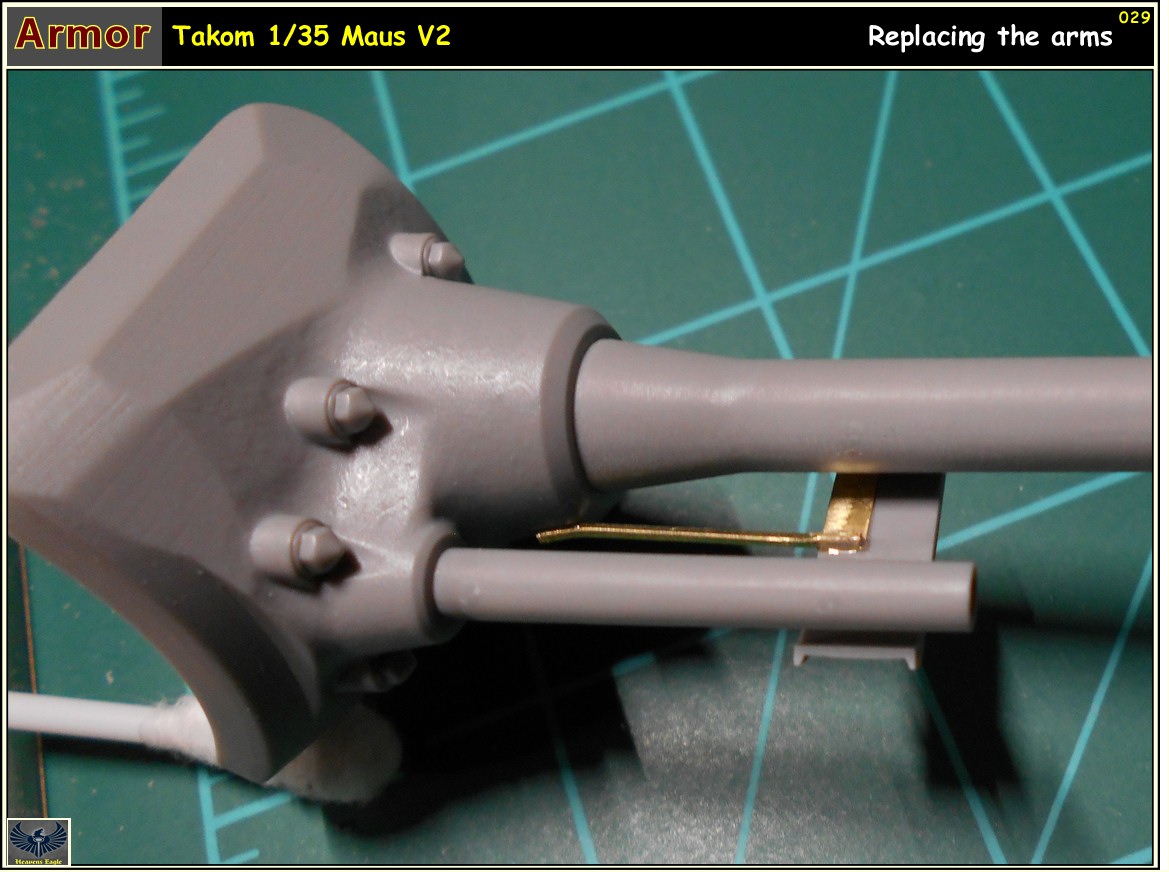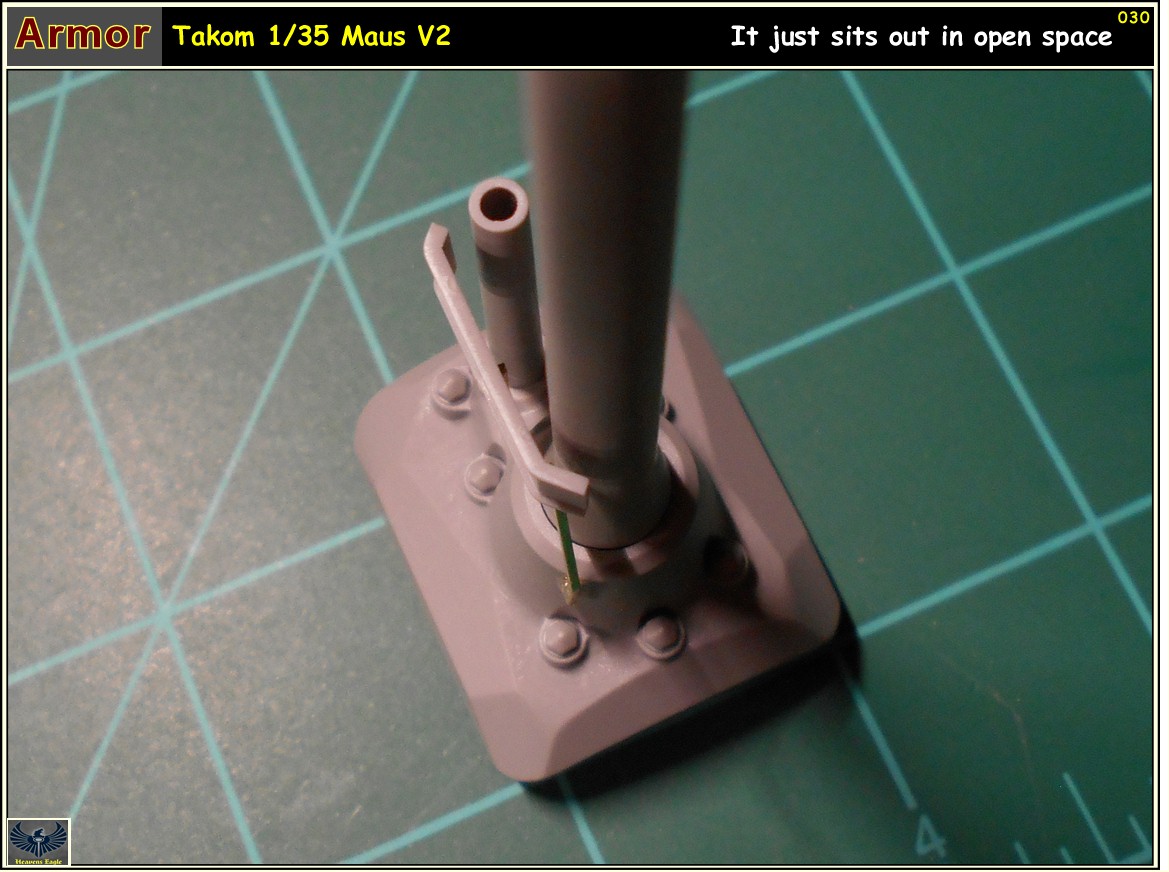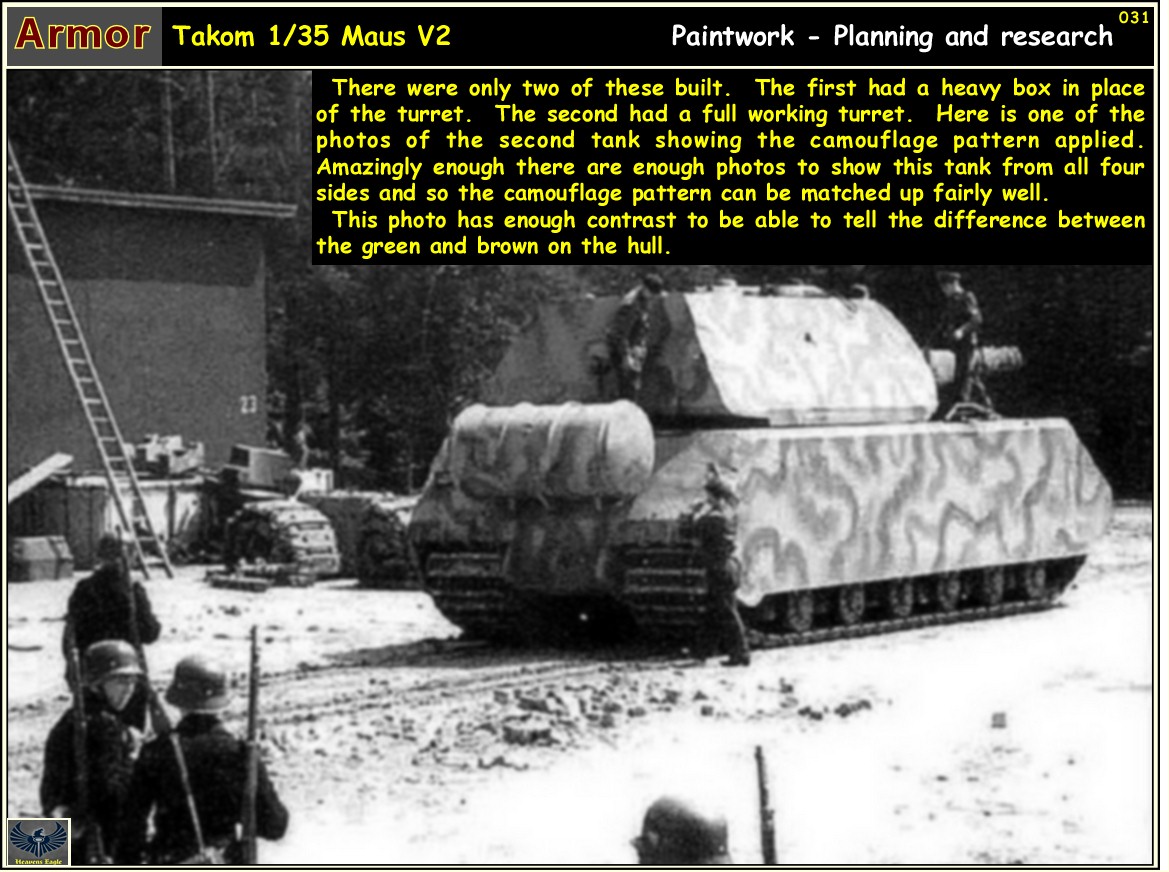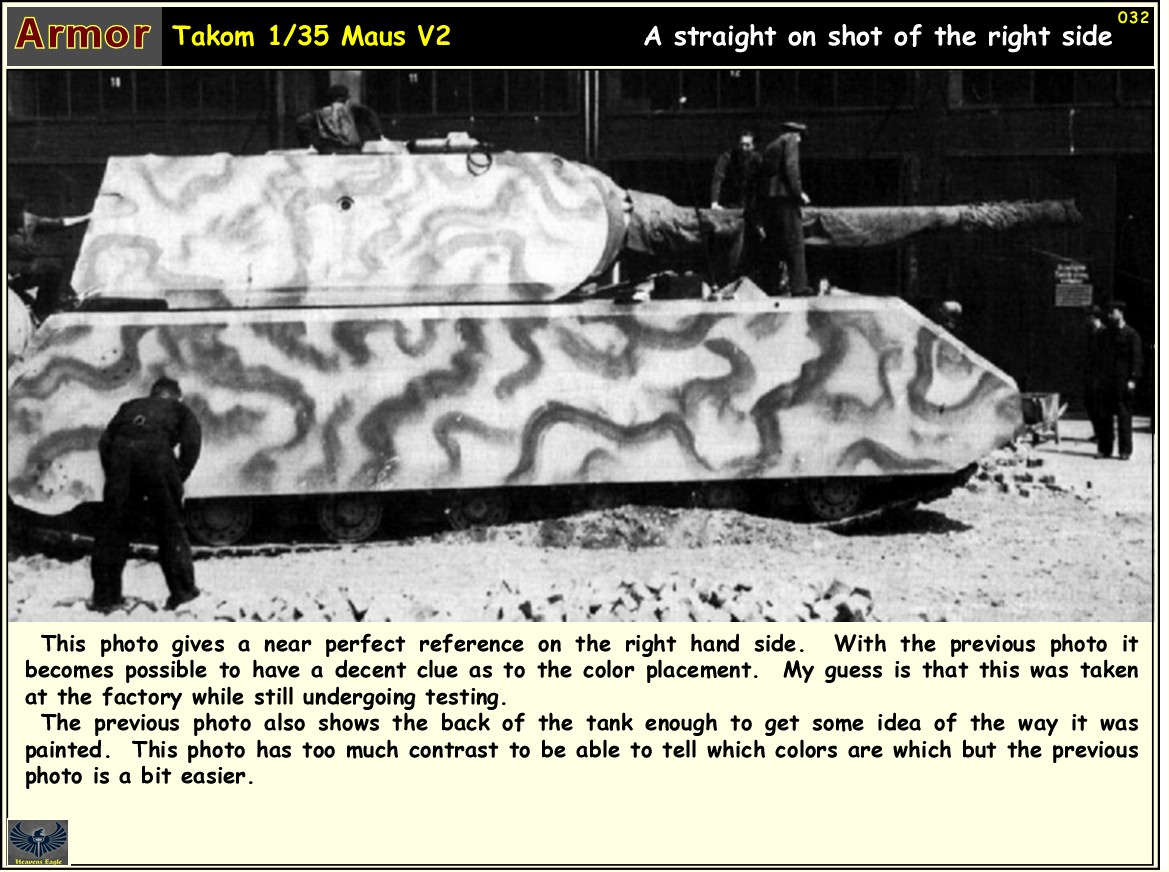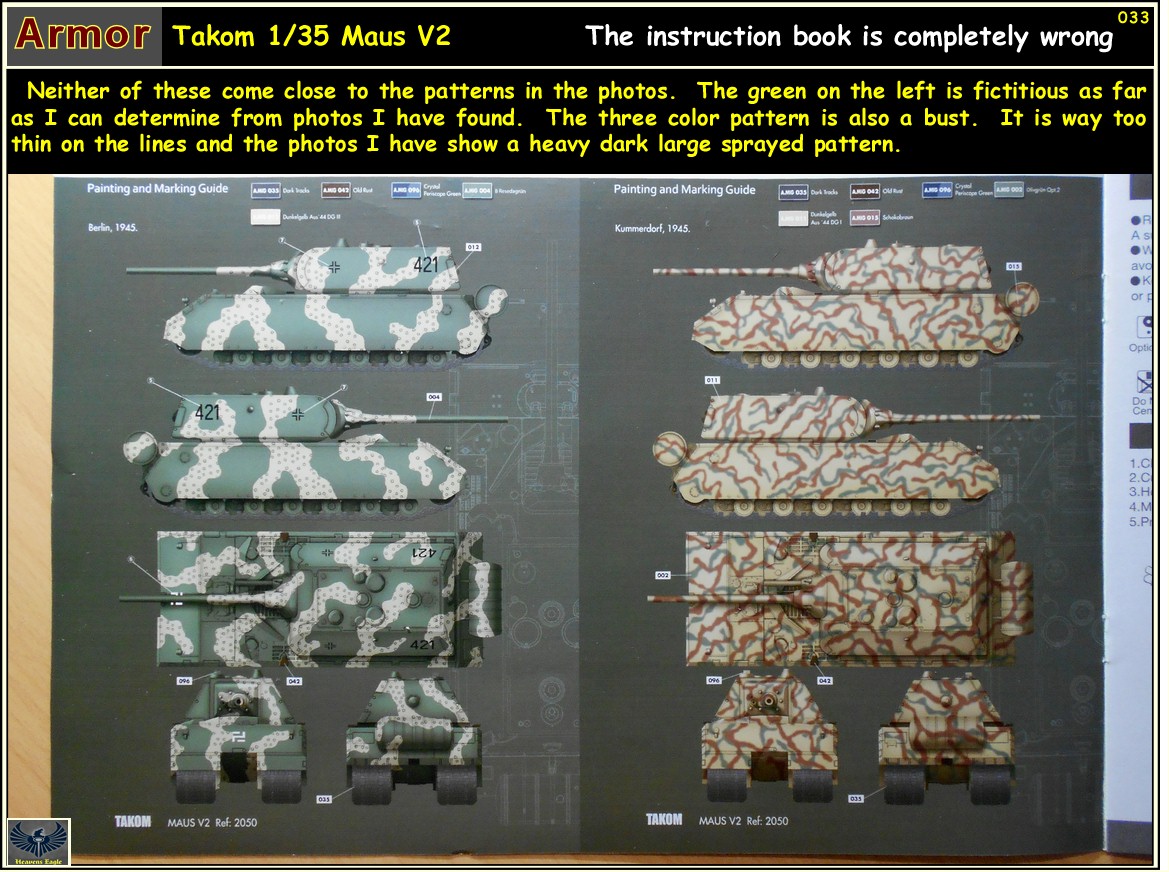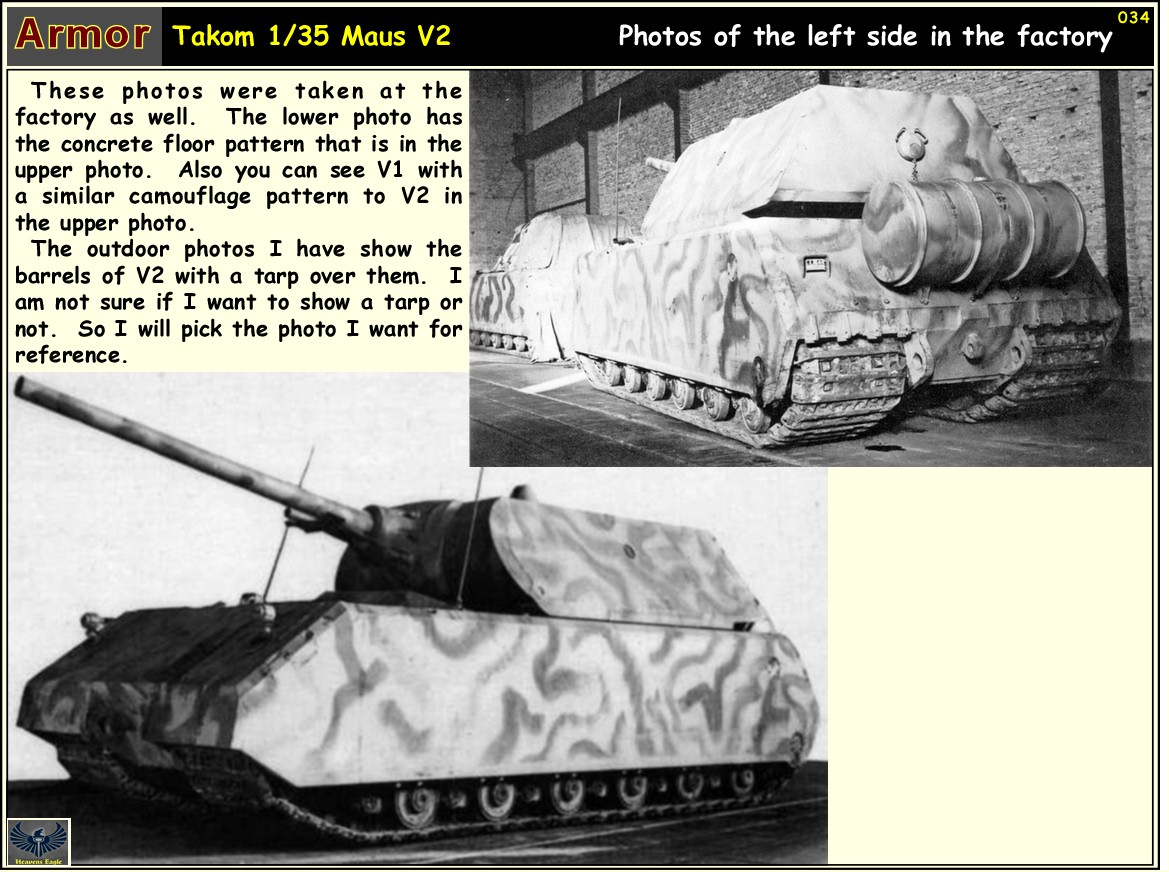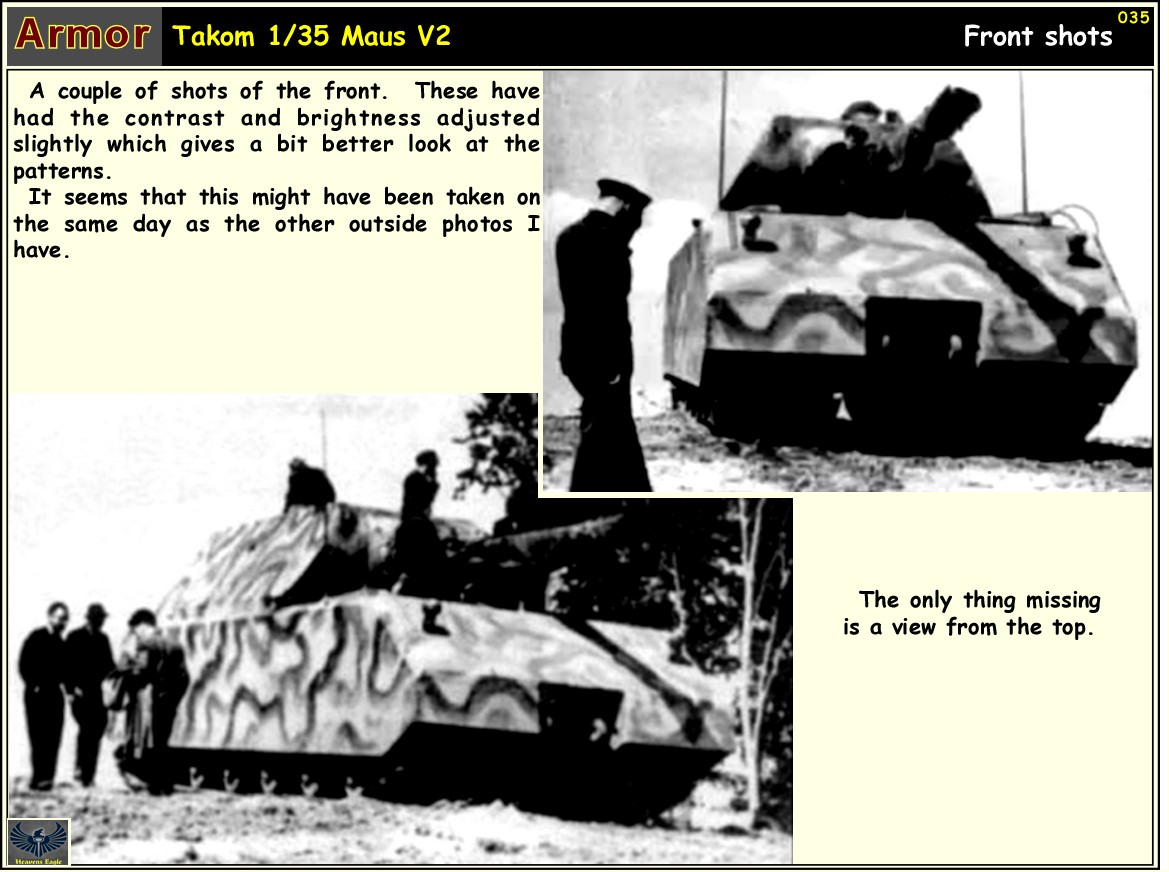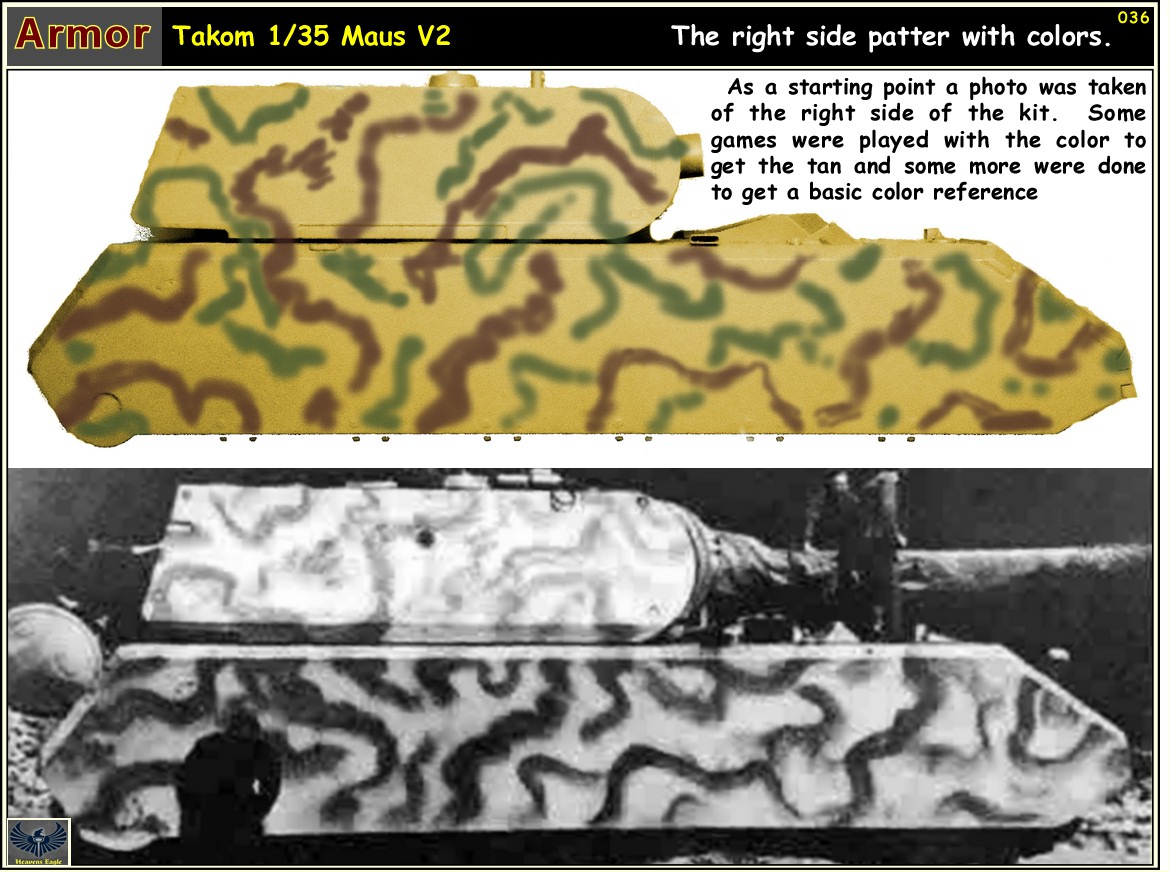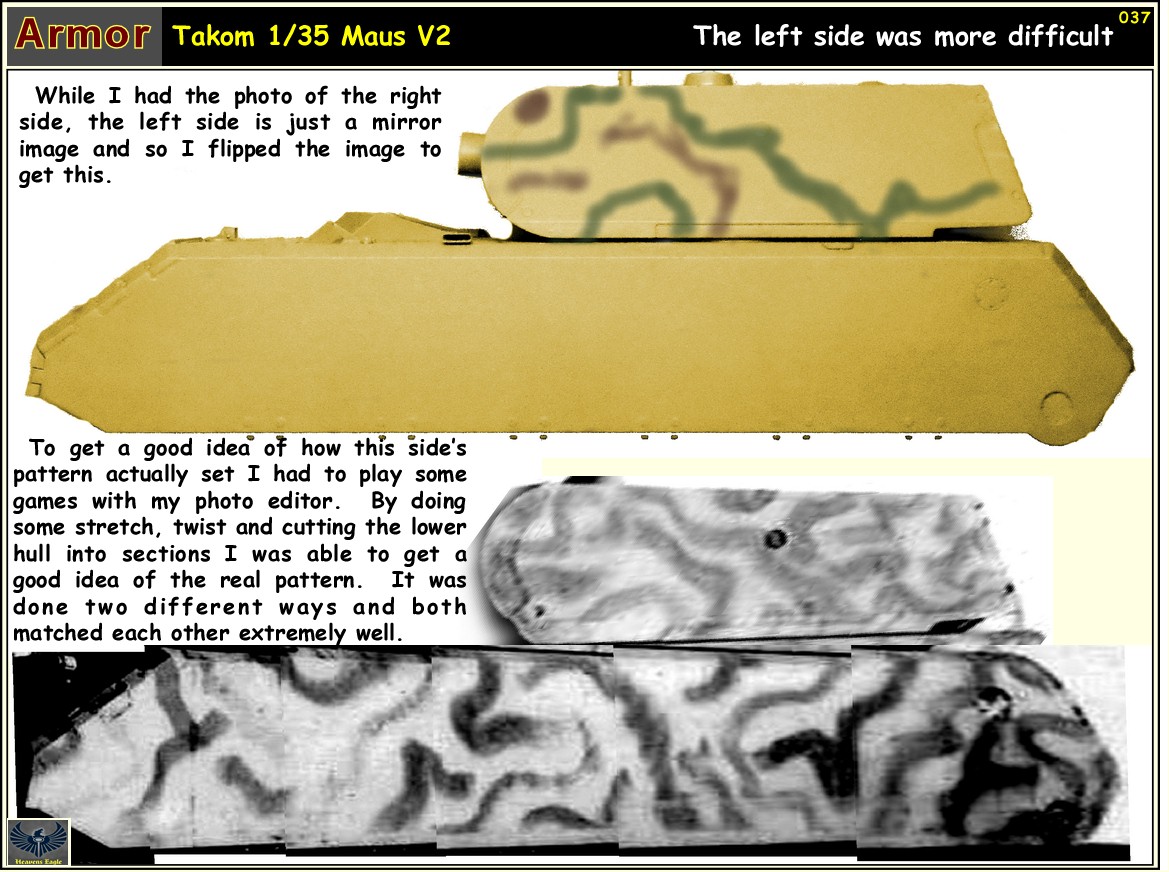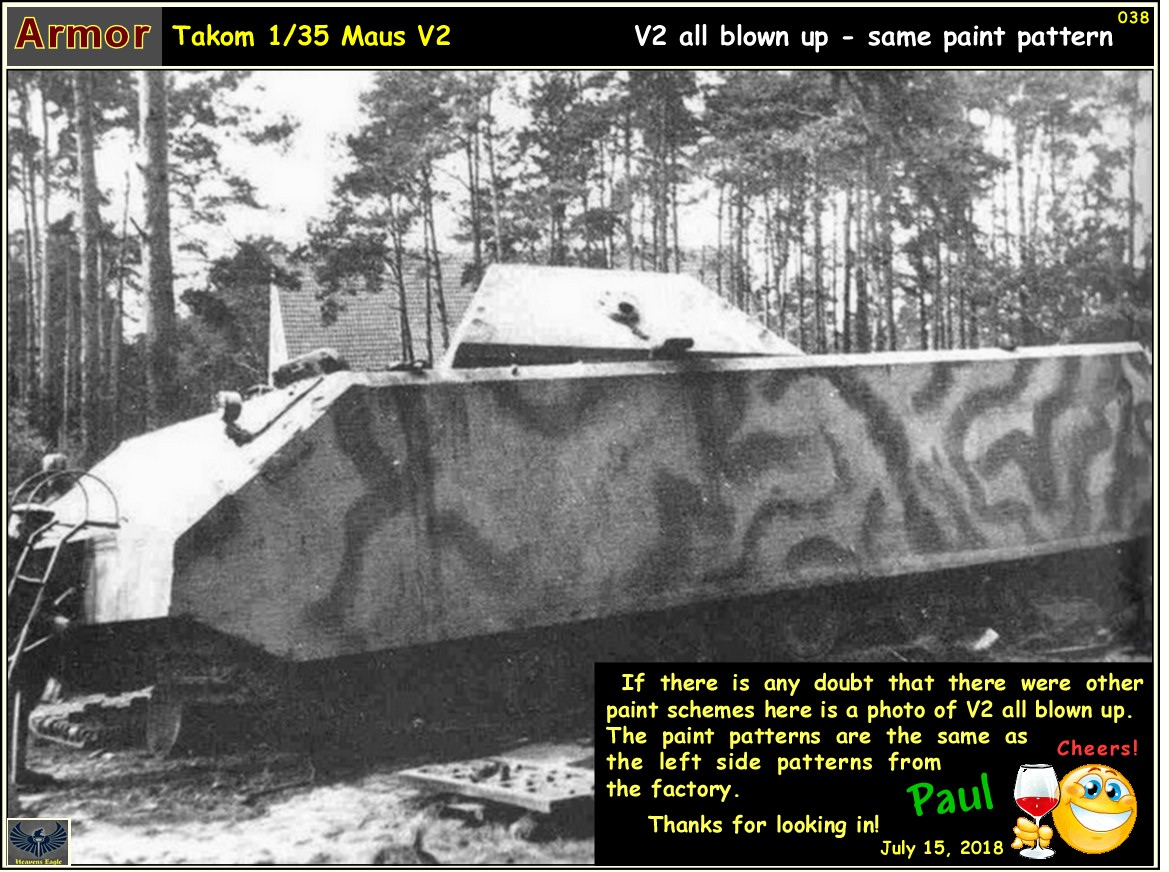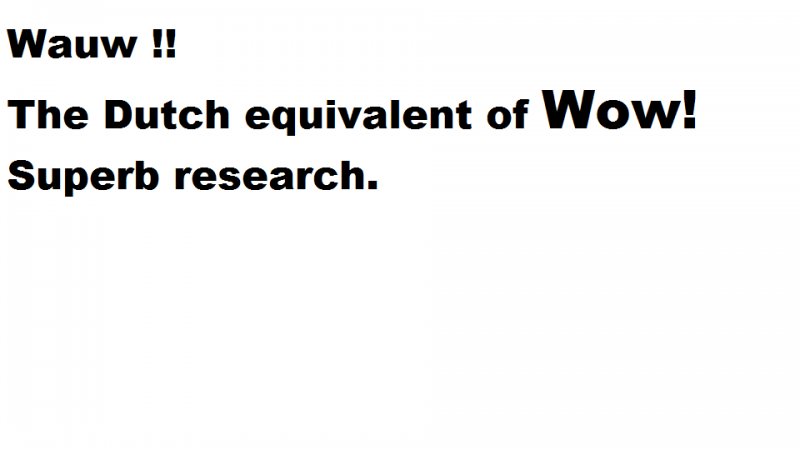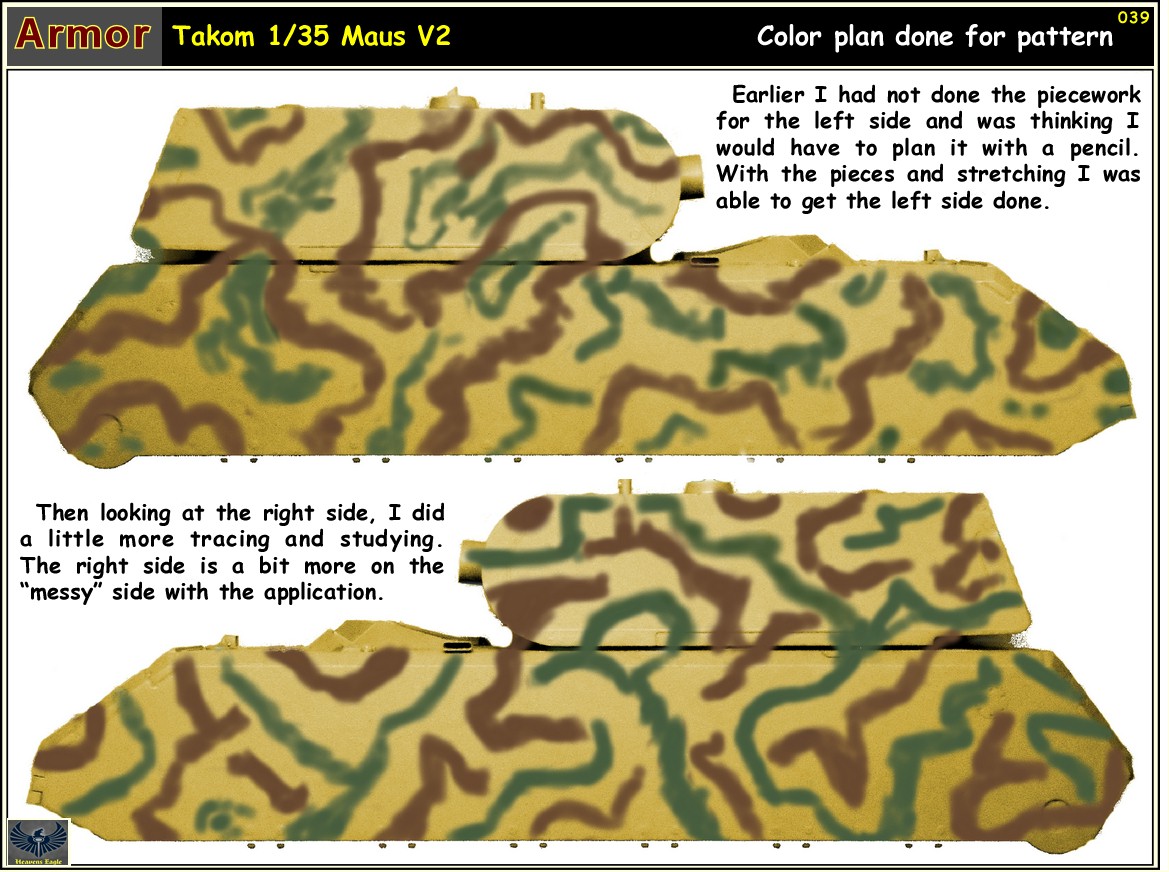Heavens Eagle
Well-known member
Thanks guys I really appreciate the comments!

I didn't really plan on how to assemble it different, I just looked over the assembly then the parts and saw a different order to things so as to help parts align "more better". It was just kind of a step here and then this next part should be this for fit and alignment and so forth.
Looking at the instructions their order would have probably been a disaster. I found too many things that had minor alignment and fit problems. Nothing big or bad on it's own. BUT! By changing the assembly order I broke a huge batch of fit problems into small groups that were fairly easy to deal with.
My only screw ups were I missed drilling 4 holes in the top armor to locate some splinter shields by the front corners. Ended up that it was just as easy to clip the pins on the shields and align them from what I saw in the drawing. Looked fine.
Then there was a periscope on top of the front glacis plate for the driver to look through. It was supposed to insert from underneath and I missed it until well after the hull was assembled. Luckily though I had not glued the hatch in place just behind it and was able to use a piece of bent sprue and blue tack to easily place it in from underneath.
Have not done anything as I have been working on the preview for the B-36 kit. Have found some problems with things HPH did. (Incorrect details) I will include those with the review as well as some info for cutting fiber glass as the wings and fuselage are resin over a fiberglass shell for strength. Makes them light strong and warp resistant. Also makes steel tools get dull very fast.

I didn't really plan on how to assemble it different, I just looked over the assembly then the parts and saw a different order to things so as to help parts align "more better". It was just kind of a step here and then this next part should be this for fit and alignment and so forth.
Looking at the instructions their order would have probably been a disaster. I found too many things that had minor alignment and fit problems. Nothing big or bad on it's own. BUT! By changing the assembly order I broke a huge batch of fit problems into small groups that were fairly easy to deal with.
My only screw ups were I missed drilling 4 holes in the top armor to locate some splinter shields by the front corners. Ended up that it was just as easy to clip the pins on the shields and align them from what I saw in the drawing. Looked fine.
Then there was a periscope on top of the front glacis plate for the driver to look through. It was supposed to insert from underneath and I missed it until well after the hull was assembled. Luckily though I had not glued the hatch in place just behind it and was able to use a piece of bent sprue and blue tack to easily place it in from underneath.
Have not done anything as I have been working on the preview for the B-36 kit. Have found some problems with things HPH did. (Incorrect details) I will include those with the review as well as some info for cutting fiber glass as the wings and fuselage are resin over a fiberglass shell for strength. Makes them light strong and warp resistant. Also makes steel tools get dull very fast.





